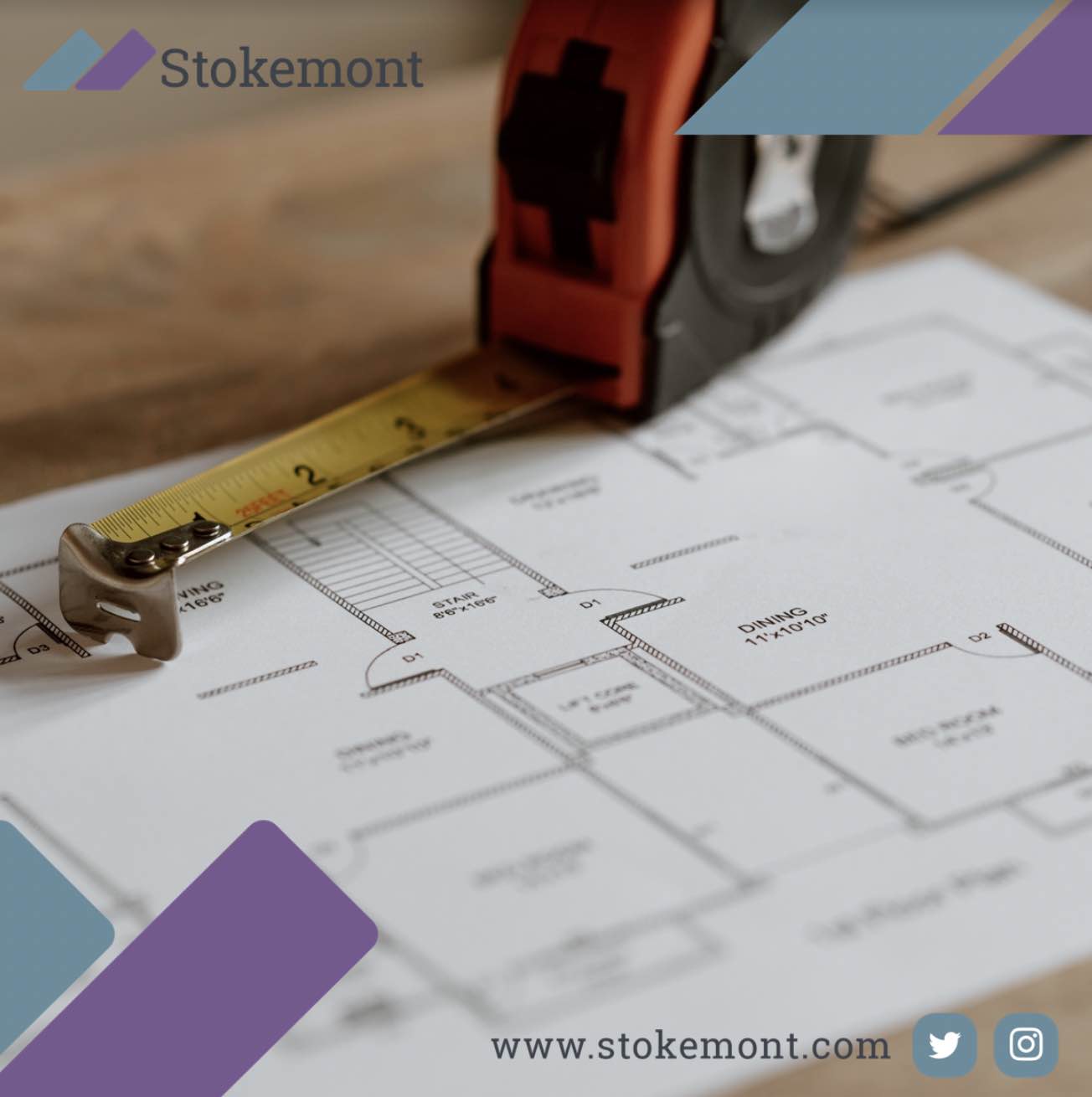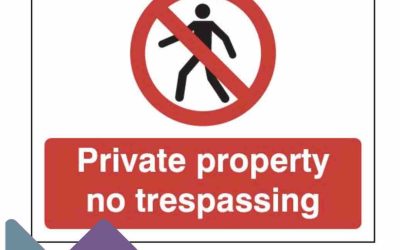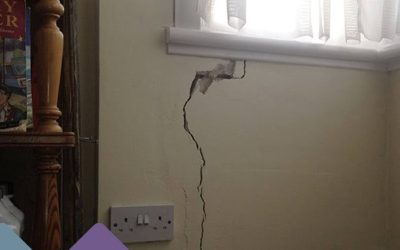In today’s property surveying blogpost topic we are going to be discussing boundary surveying and the various different information that your surveyor will take into account when assessing and determining the boundary line.
Boundary disputes can be an incredibly stressful time for property owners. In many cases there will be a direct issue with their neighbouring owner which can often lead to high tension and a thinning of neighbourly relations.
In assessing a boundary dispute, the starting point for any good boundary surveyor will be to assess both on-site information.
Once they have undertaken a comprehensive measured survey and inspection, they will then undertake a full historical desktop review with as much information they can locate in respect of the property and the boundary in particular.
One of the most important pieces of information that a boundary surveyor will rely upon are historic maps.
There is a number of historic maps that a boundary surveyor can rely upon, however, the starting point tends to be Ordnance Survey (OS) Maps.
Ordnance Survey Maps have their history as far back as the 1700s, and were originally used as a military mapping tool in order for strategic advantage to be gained in battleground environments.
Ordnance Survey also has the widest coverage within England and Wales while also boasting up to 20,000 changes per day in respect of the plane, location, set out and position of boundaries.
This makes them an excellent go-to tool for boundary surveyors as they will definitively set out the lay of the land over a range of dates usually going as far back as the date of the original construction of the property itself.
However, OS Maps aren’t a definitive outcome, in many cases the results can lend themselves towards unclear or even conflicting information.
Here at Stokemont over the years while we have been conducting and undertaking boundary disputes, we do indeed rely upon OS Maps, however, in many cases we also rely on a number of other data sources.
These data sources include, however, are not limited to;
Historic Maps
Historic maps are a great indicator of the lay of the land throughout the property’s tenure and lifespan.
They will definitively show exactly what that property has been doing over its life, and in many cases give the boundary surveyor a fantastic and unparalleled indication to the surrounding lay of the land.
Land Registry Title Plans and Deeds
Land Registry Title Plans and Deeds are equally a fantastic point and resource for boundary surveyors to go to.
Not only do they show the extent and parcel of the legal ownership of the property, in many cases they can also contain the all-important ‘T’ or ‘I’ marks on them.
These markings, effectively set out who is responsible for the maintenance and upkeep of the boundary thereby going a long way to determine conventional matters that are subject to boundary disputes.
There is a number of other information that surveyors also rely upon in forming part of their determination and conclusion on the boundary dispute.
While these aren’t maps, they do involve a degree of mapping built within them, we therefore thought we would touch on these briefly.
Aerial Photographs
Aerial photographs, as you can imagine, give an excellent beacon into what the property has been doing.
It is worth noting that since the introduction of digital mapping software such as Google Maps, Google Earth, Bing Maps, and Google Street View, aerial photographs have slightly lost their game-changing effect.
Digital Mapping Services
As set out above, the main digital mapping services are those that are available to all of us at a click of a button.
These include Google Maps, Google Earth, Google Street View, Bing Maps, and Bing Bird’s Eye View.
All of these visual aids can go a long way to really definitively set out exactly what has happened on the property, and in particular give visual indicators in that regard.
With any boundary disputes the key thing is to take a measured view on the matter to hand. Importantly, the boundary surveyor will want to ensure that their opinion is both considered, however, also clear in finding a conclusion.
Boundary surveying procedures are one of the services that we take great pride in doing on a day-to-day basis here at Stokemont.
If you would like to discuss how our team of highly experienced and qualified boundary surveyors can be of assistance to you, give us a call today and we would be more than happy to assist and advise you.




